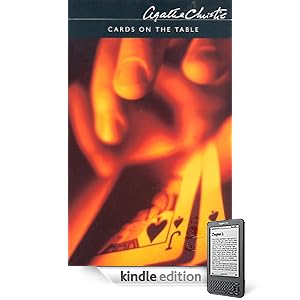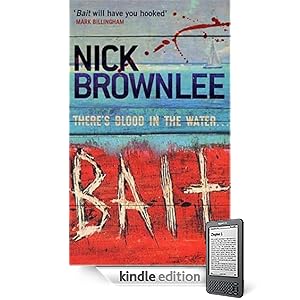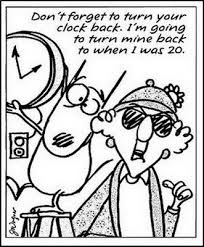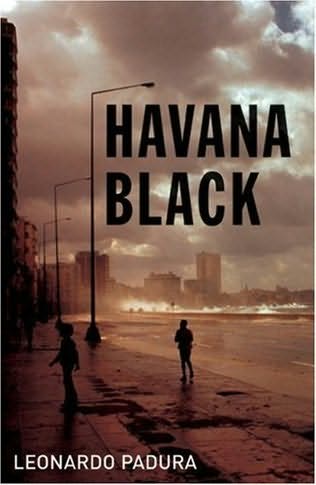# Format: Kindle Edition
# File Size: 377 KB
# Print Length: 320 pages
# Publisher: HarperCollinsUK; Masterpiece ed edition (January 16, 2010)
# Sold by: Amazon Digital Services
# Language: English
# ASIN: B003B02OFK
Originally published: 1936
In Chapter 3 of
THE ABC MURDERS (1935), Hercule Poirot describes to Captain Hastings the kind of crime he would most like to investigate:
Four people in a room are playing bridge, while a fifth reads in a chair by the fire. At the end of the evening, it is discovered that the man by the fire has been killed. No one has been in or out of the room, and murderer must have been one of the four players while he or she was dummy.
This is the very scenario Christie explores in CARDS ON THE TABLE.
Mr. Shaitana, a collector in more ways than one, invites eight people to dinner. Four of them are sleuths whom readers of Agatha Christie novels have already met: Superintendent Battle, Hercule Poirot, Ariadne Oliver, and Colonel Race. The other four are, Shaitana has previously confided to Poirot, all successful, hitherto undetected, murderers. Shaitana appears to be doing his best to frighten them. After dinner, during which methods of murder are discussed and explored, the party divides into 2 bridge tables. Mr Shaitana does not play. The sleuths are given a table in an adjoining room, while Shaitana and the "murderers" are in the same room, he sitting by the fire. At the end of the night Shaitana is discovered to be dead, stabbed with a small dagger from his collection.
The "murderers" are Dr. Roberts, Mrs Lorrimer, Major Despard, and Miss Meredith. In the bridge game they are partnered so that they are women vs. men.
After the discovery of the murder Superintendent Battle takes charge and consults with his fellow sleuths. They then interview the other 4 guests, but it is not clear who had motive or opportunity.
This is a very tightly constructed novel, regarded by some as among Agatha Christie's best.
In the foreword to CARDS ON THE TABLE she comments
"
There is an idea prevalent that a detective story is rather like a big race - a number of starters - likely horses and jockeys. 'You pays your money and you takes your choice!' The favourite is by common consent the opposite of a favourite on the race-course. In other words he is likely to be a complete outsider! Spot the least likely person to have committed the crime and in nine times out of ten your task is finished. Since I do not want my faithful readers to fling away this book in disgust, I prefer to warn them beforehand that this is not that kind of book. There are only four starters and any one of them, given the right circumstances, might have committed the crime."
This idea of the probable murderer being an outsider is voiced again during the novel by at least two characters.
Agatha Christie also tells us that this was one of Hercule Poirot's favourite cases. Predictably, Captain Hastings, who plays no role in it at all, considered it very dull. Poirot saw it as a case that exercised all of his deductive skills. He has already warned Mr Shaitana that his hobby might be a very dangerous one, and so it proves. Hercule Poirot says he was "
a man of great vanity. He was also a stupid man - that is why he is dead." Poirot is not best pleased that the murder has taken place under his very nose so to speak.
Mrs Oliver refuses at first to believe that any of the bridge players are murderers - "
they are too nice" - and then she says the women could not have stabbed Shaitana.
Superintendent Battle points out that "murderers look and behave very much like everybody else." Mrs Oliver constantly flits from one suspect to another and does a great deal to muddy the investigation. She brings up the horse race analogy again, suggesting each sleuth investigate one person. Superintendent Battle says he can't do that - he is obliged to investigate them all equally.
Another interesting aspect - Mrs Oliver points out that not only do they have four sleuths, they all come from different backgrounds - Scotland Yard, the Secret Service, a private investigator, a crime fiction writer.
This is a very enjoyable read, designed to make the reader exercise "the little grey cells" and to consider who solves the mystery best - the steady methodical working of Superintendent Battle, the psychological considerations of Hercule Poirot or the intuition of Ariadne Oliver.
My rating 4.6
There are a couple of bonuses in the Kindle version
* the Poirots: a list of all the Poirot novels with descriptors, accompanied by a full listing of all Agatha Christie novels.
* an appraisal of CARDS ON THE TABLE by Agatha CHristie's biographer Charles Osborne
* a brief biography of Agatha Christie.
 create your own visited country map
create your own visited country map































